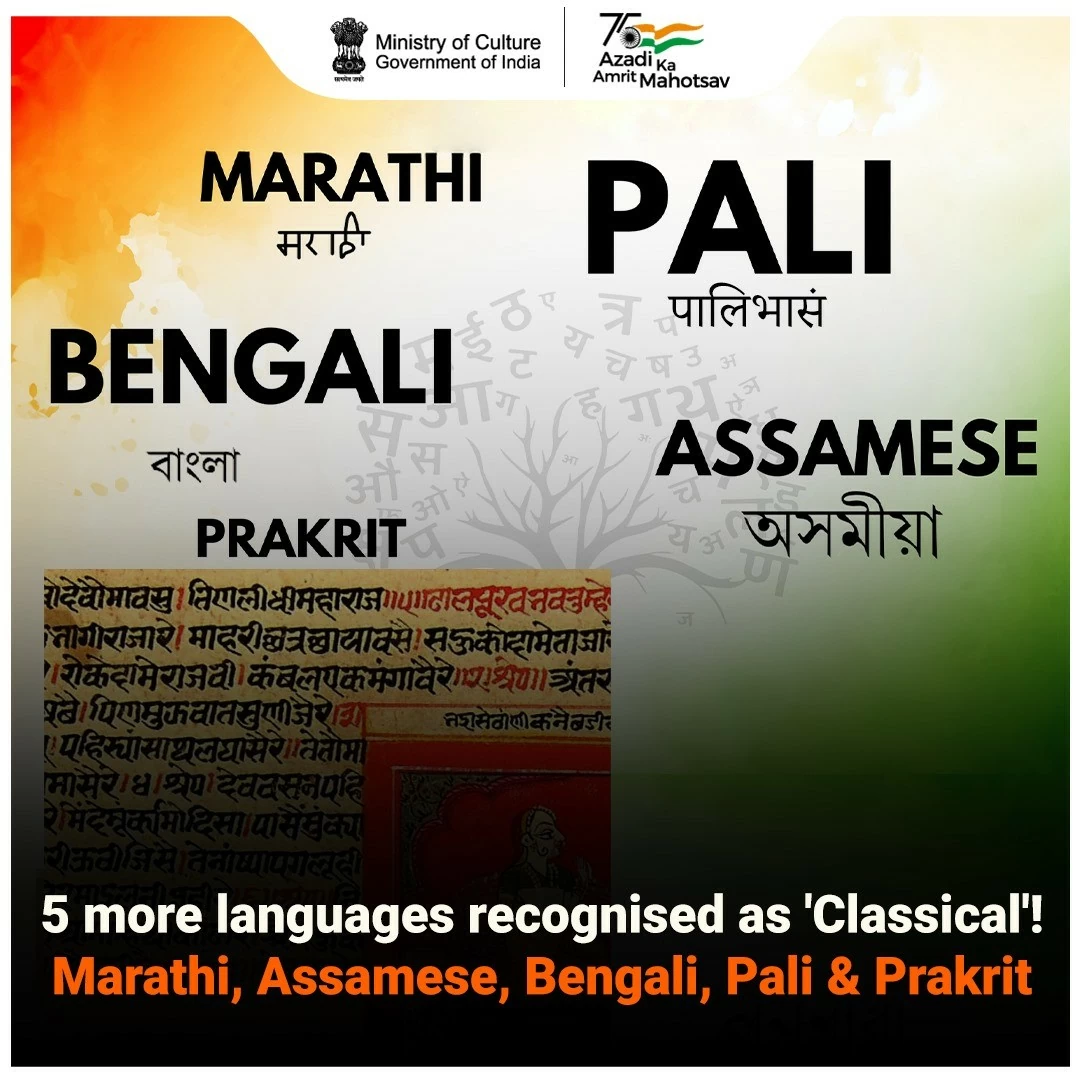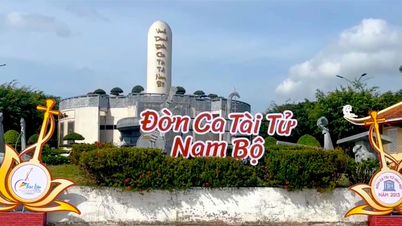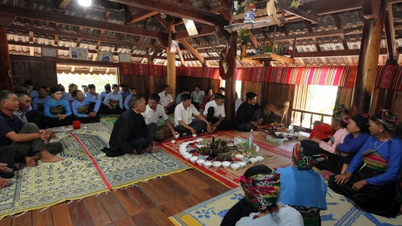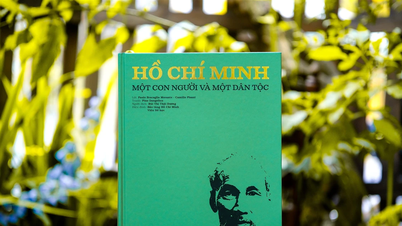The classical languages serve as custodians of India's deep and ancient cultural heritage, containing the historical and cultural core values of each community.
 |
| The granting of Classical Language status shows the Indian government's desire to honor and protect linguistic landmarks in the country's diverse cultural context. (Source: X) |
The Government of India (under the leadership of Prime Minister Narendra Modi) decided to grant Classical Language status to Pali, Prakrit, Marathi, Assamese and Bengali languages on October 3, thereby taking the total number of Classical Languages in India to 11.
Previously, the government of India has given Classical Language status to Tamil, Sanskrit, Telugu, Kannada, Malayalam and Odia.
By granting this status, the Government of India seeks to celebrate and protect linguistic landmarks in the diverse cultural context of India, ensuring that future generations can access and appreciate the deep historical roots of these languages. This move not only reinforces the importance of linguistic diversity but also acknowledges the important role these languages play in shaping the national cultural identity.
The Pali language represents the rich traditions, cultural history, heritage and literature of India and is the language used to record the teachings of the Buddha and spread them throughout the world.
The decision to grant the status of Classical Languages to Pali, Prakrit and other classical languages will promote the preservation, recording and digitization of ancient texts through archiving, translation, publishing and digital communication. Some Vietnamese Buddhist monks and nuns still go to India to study for postgraduate degrees in Pali language to better understand the history and teachings of the Buddha and continue to spread them in Vietnam and other Southeast Asian countries.
Source: https://baoquocte.vn/an-do-cong-nhan-them-5-ngon-ngu-co-dien-289761.html




![[Photo] Prime Minister Pham Minh Chinh chairs conference on anti-smuggling, trade fraud, and counterfeit goods](https://vphoto.vietnam.vn/thumb/1200x675/vietnam/resource/IMAGE/2025/5/14/6cd67667e99e4248b7d4f587fd21e37c)
































































































Comment (0)